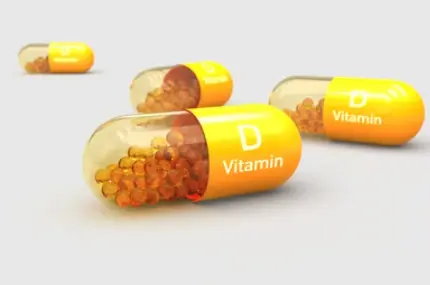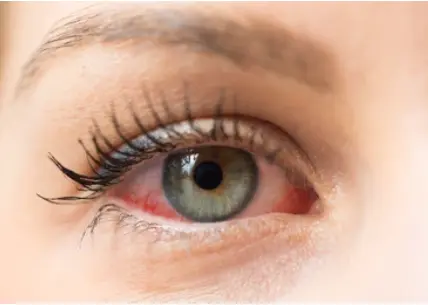 Welcome
Welcome
“May all be happy, may all be healed, may all be at peace and may no one ever suffer."
- A
- B
- C
- D
- E
- F
- G
- H
- I
- J
- K
- L
- M
- N
- O
- P
- Q
- R
- S
- T
- U
- V
- W
- X
- Y
- Z
Atopic or contact dermatoses - Generics
Atopic dermatitis and contact dermatitis are both types of dermatoses, which are skin conditions characterized by inflammation and irritation.
Atopic dermatitis, also known as atopic eczema, is a chronic inflammatory skin condition that is associated with a genetic predisposition and often occurs in individuals with a personal or family history of allergies, asthma, or hay fever. It is characterized by dry, itchy, and scaly patches on the skin, as well as redness, swelling, and blistering.
Contact dermatitis, on the other hand, is a skin inflammation that is caused by exposure to an irritant or an allergen. There are two types of contact dermatitis: irritant contact dermatitis and allergic contact dermatitis. Irritant contact dermatitis occurs when the skin comes into direct contact with an irritant, such as harsh chemicals, while allergic contact dermatitis occurs when the skin develops an allergic reaction to a particular substance, such as latex or nickel.
Symptoms of both atopic and contact dermatitis may include itching, redness, swelling, and blistering of the skin. Treatment for both conditions may include topical medications, such as corticosteroids or calcineurin inhibitors, to reduce inflammation and relieve itching. Emollients and moisturizers may also be recommended to help repair the skin barrier and prevent dryness. In some cases, oral medications such as antihistamines or immunosuppressants may be prescribed.
Prevention of both atopic and contact dermatitis may involve avoiding triggers such as certain foods, soaps, and detergents that can exacerbate symptoms. It may also involve maintaining good skin hygiene, avoiding scratching or rubbing the affected area, and keeping the skin well-moisturized. People with dermatitis should also avoid irritants and allergens that can trigger symptoms.

Dehydration

Renal cancers

Eye allergy

Cervicitis

Metastatic Ovarian Tumors

Hairy cell leukaemia

Obstructive sleep apnoea

Ocular pain
Atopic or contact dermatoses, অ্যাটোপিক বা যোগাযোগের ডার্মাটোসেস
To be happy, beautiful, healthy, wealthy, hale and long-lived stay with DM3S.